How two ordinary women were able to unravel a complex serial murder 30 years ago
Categories: Children | North America | Society
By Pictolic https://pictolic.com/article/how-two-ordinary-women-were-able-to-unravel-a-complex-serial-murder-30-years-ago.htmlThe terrible history of murders in New Hampshire dates back to the 80s of the last century. In 1985, two barrels containing the remains of four people were found in the Bear Brook Trailer Park. Later it turned out that these were the bodies of a young mother, her two daughters and an unknown girl. The police could not determine the identity of the victims for 30 years, until the librarian Rebecca became interested in the strange case.
The woman pulled the thread of a whole tangle of serial murders, which was managed to unravel after many years. A volunteer, Barbara, joined her, and with their help, the police found the bastard, who had been hiding under various names for many years. Find out the details of one of the most complicated criminal stories of the 20th century from our material.
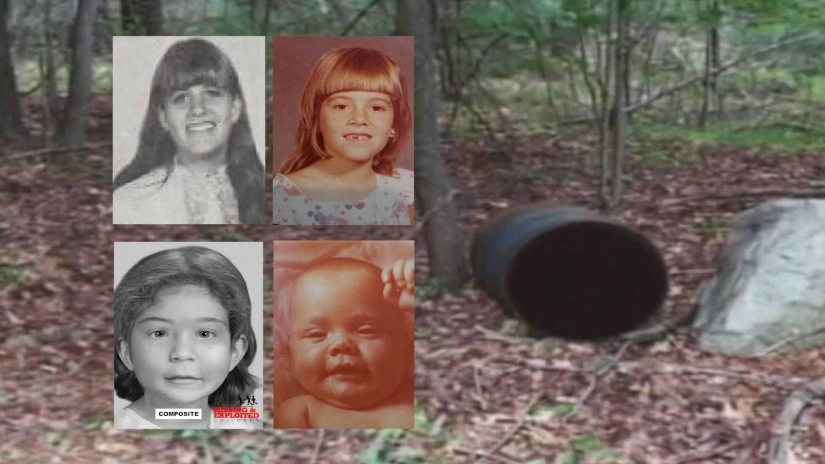 October 10, 2018, 34-year-old Rebecca from A Connecticut woman has finally found a clue that helped her solve the mystery and identify four murder victims whose bodies were found in oil barrels in Bear Brook Park, New Hampshire.
October 10, 2018, 34-year-old Rebecca from A Connecticut woman has finally found a clue that helped her solve the mystery and identify four murder victims whose bodies were found in oil barrels in Bear Brook Park, New Hampshire.
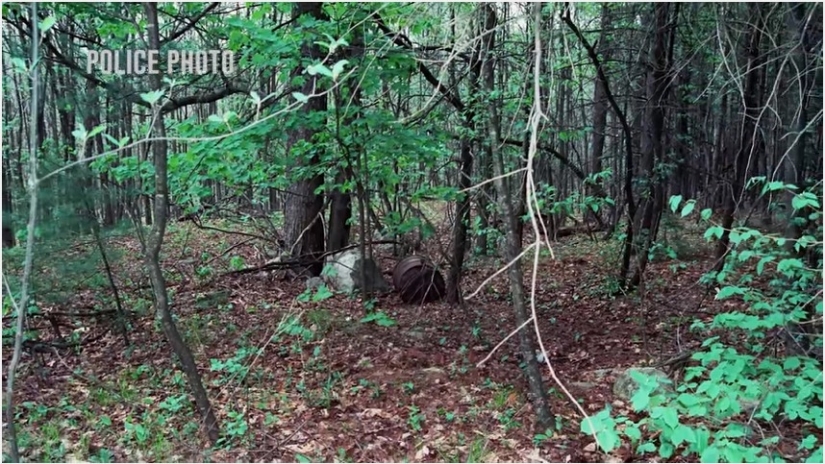 The results of DNA tests showed that the young mother was not even 30 years old, and the 10-year-old and one-year-old girl were her daughters. It is strange, but the third girl found-a four-year-old was not their relative. The police were never able to identify them, despite an investigation that lasted two decades.
The results of DNA tests showed that the young mother was not even 30 years old, and the 10-year-old and one-year-old girl were her daughters. It is strange, but the third girl found-a four-year-old was not their relative. The police were never able to identify them, despite an investigation that lasted two decades.
 Rebecca accidentally stumbled upon a strange case ten years ago. She hoped that her research skills would help the victims finally find peace. The librarian began her own investigation, trying to establish the names of the girls and the woman.
Rebecca accidentally stumbled upon a strange case ten years ago. She hoped that her research skills would help the victims finally find peace. The librarian began her own investigation, trying to establish the names of the girls and the woman.
 The American woman grew up in a sect similar to the Amish. When the girl turned 19, she left the community and her family. Rebecca says that she could have become the same victim of murder as these unfortunate people. A sense of empathy made her seriously take up finding out the real names of the victims. The woman spent hundreds of hours combing through genealogical sites and old requests for relatives who could be connected to the Bear Brook victims. The librarian made a list of names and began to work through them, checking open documents according to which missing people were declared or recognized as dead.
The American woman grew up in a sect similar to the Amish. When the girl turned 19, she left the community and her family. Rebecca says that she could have become the same victim of murder as these unfortunate people. A sense of empathy made her seriously take up finding out the real names of the victims. The woman spent hundreds of hours combing through genealogical sites and old requests for relatives who could be connected to the Bear Brook victims. The librarian made a list of names and began to work through them, checking open documents according to which missing people were declared or recognized as dead.
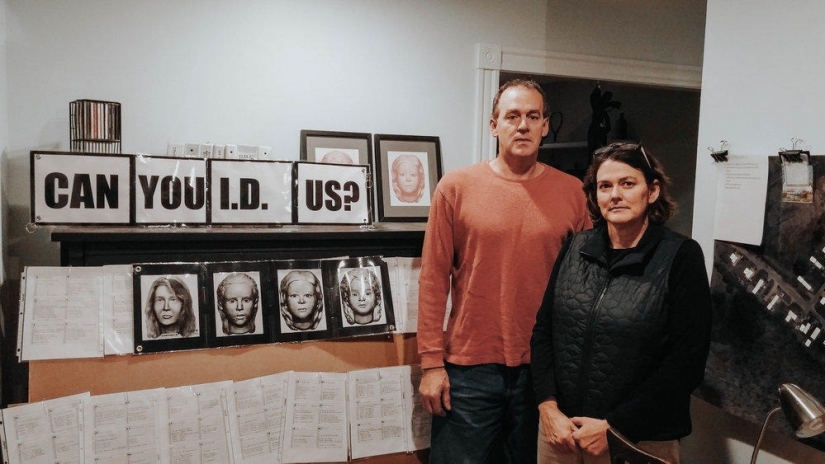 In 2018, the Bear Brook murders became the subject of a popular documentary podcast, and Rebecca learned a lot of new information from the series. In particular, the film said that DNA tests identified the father of the third, four-year-old girl. The man was convicted of the murder and dismemberment of his wife and died in prison in 2010. His name was Terry Peder Rasmussen. Also in the series, they said that a mother with two daughters lived on the West Coast.
In 2018, the Bear Brook murders became the subject of a popular documentary podcast, and Rebecca learned a lot of new information from the series. In particular, the film said that DNA tests identified the father of the third, four-year-old girl. The man was convicted of the murder and dismemberment of his wife and died in prison in 2010. His name was Terry Peder Rasmussen. Also in the series, they said that a mother with two daughters lived on the West Coast.
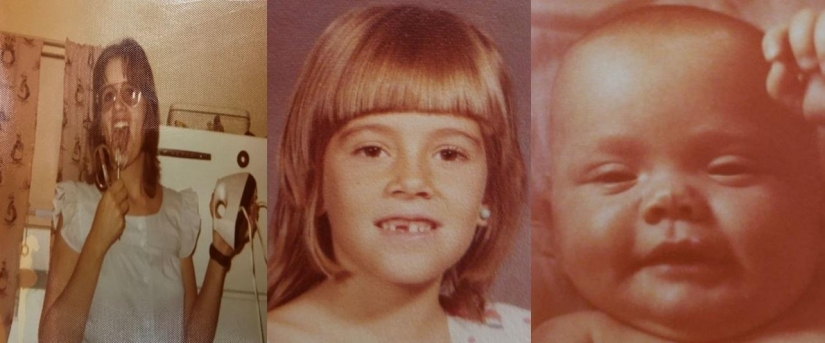 In 2018, Rebecca found a woman on Facebook who was looking for relatives. She immediately replied to the message and said that she was still looking for Sarah. The woman wrote that Marlise had left town with a guy named Rasmussen. This finally confirmed the investigator's guesses. So the librarian managed to find out the real names of the victims.
In 2018, Rebecca found a woman on Facebook who was looking for relatives. She immediately replied to the message and said that she was still looking for Sarah. The woman wrote that Marlise had left town with a guy named Rasmussen. This finally confirmed the investigator's guesses. So the librarian managed to find out the real names of the victims.
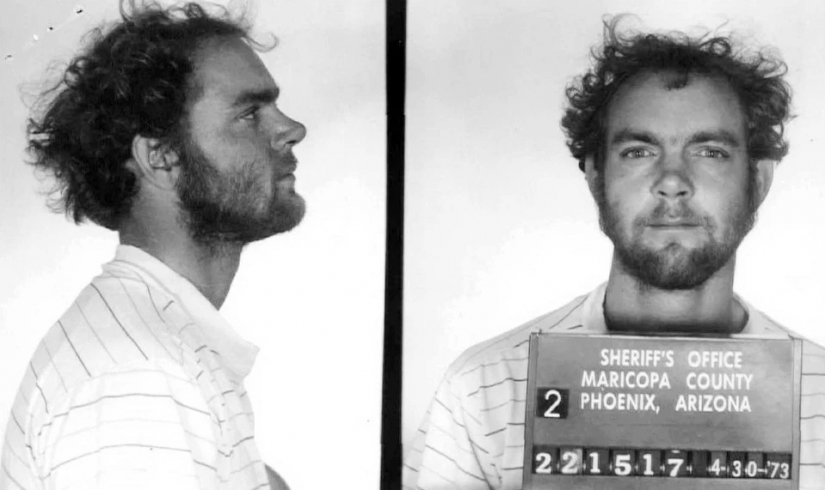 Terry Rasmussen was born in Colorado in 1943. In 1968, he married and lived with his wife and four children in Arizona and California. In 1975, his wife left him and took the children. This happened after Rasmussen was arrested for aggravated assault. His eldest son Eric remembers how his father burned him with cigarettes. Daughter Andrea said that he suffered from addictions and mental problems.
Terry Rasmussen was born in Colorado in 1943. In 1968, he married and lived with his wife and four children in Arizona and California. In 1975, his wife left him and took the children. This happened after Rasmussen was arrested for aggravated assault. His eldest son Eric remembers how his father burned him with cigarettes. Daughter Andrea said that he suffered from addictions and mental problems.
 It is not known how Rasmussen met Marlise Honeychurch and her daughters, but in 1978 she quarreled with her mother and left California for New Hampshire with her children and a new boyfriend. The killer lived there under the pseudonym Bob Evans. He worked as an electrician in a store in Allenstown, near which the bodies were later found in barrels. It remains unsolved how his biological daughter ended up there and when she died. Marlise, Sarah and Marie died in the spring of 1980.
It is not known how Rasmussen met Marlise Honeychurch and her daughters, but in 1978 she quarreled with her mother and left California for New Hampshire with her children and a new boyfriend. The killer lived there under the pseudonym Bob Evans. He worked as an electrician in a store in Allenstown, near which the bodies were later found in barrels. It remains unsolved how his biological daughter ended up there and when she died. Marlise, Sarah and Marie died in the spring of 1980.
 In 1981, Rasmussen, using the pseudonym Bob Evans, began dating 23-year-old Denise Bowdin, who had a six-month-old daughter, Dawn. At the end of the year, the mother and the baby disappeared. They were last seen on November 26, when Denise and Rasmussen had Thanksgiving dinner with the woman's family. Since the couple had financial problems, Denise's relatives decided that the lovers had run away from the city. They did not report their disappearance to the police.
In 1981, Rasmussen, using the pseudonym Bob Evans, began dating 23-year-old Denise Bowdin, who had a six-month-old daughter, Dawn. At the end of the year, the mother and the baby disappeared. They were last seen on November 26, when Denise and Rasmussen had Thanksgiving dinner with the woman's family. Since the couple had financial problems, Denise's relatives decided that the lovers had run away from the city. They did not report their disappearance to the police.
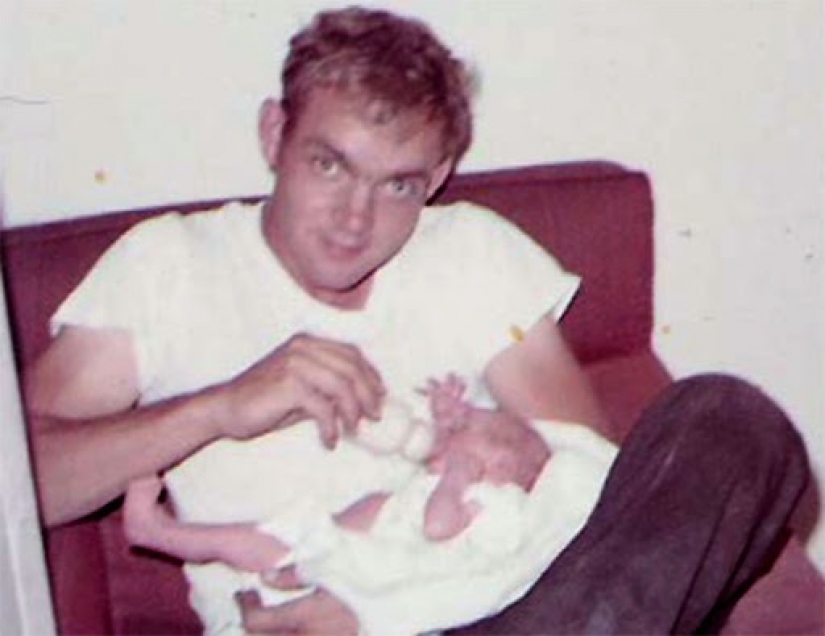 Four years later, Rasmussen showed up in California under a new pseudonym — Curtis Kimball. He lived with Dawn, whom he called his daughter Lisa. The man was arrested for driving under the influence of alcohol and for putting the life of a child in danger. The criminal managed to avoid trial, but soon he abandoned the baby in a trailer park. The girl was taken to a shelter.
Four years later, Rasmussen showed up in California under a new pseudonym — Curtis Kimball. He lived with Dawn, whom he called his daughter Lisa. The man was arrested for driving under the influence of alcohol and for putting the life of a child in danger. The criminal managed to avoid trial, but soon he abandoned the baby in a trailer park. The girl was taken to a shelter.
 In December 1999, Rasmussen appeared in California, calling himself Larry Wanner. He was dating 42-year-old Eun Sun Joon. When the woman disappeared in June 2001, the police took her boyfriend's fingerprints. It turned out that they coincide with those appearing in the case of Curtis Kimball. The police searched his house and found Eun Sun's dismembered body under a pile of cat litter.
In December 1999, Rasmussen appeared in California, calling himself Larry Wanner. He was dating 42-year-old Eun Sun Joon. When the woman disappeared in June 2001, the police took her boyfriend's fingerprints. It turned out that they coincide with those appearing in the case of Curtis Kimball. The police searched his house and found Eun Sun's dismembered body under a pile of cat litter.
 Rasmussen was arrested and found guilty of murder. The criminal was sentenced to 15 years in prison. The police called him a Chameleon for the constant change of names. After the conclusion, the killer confessed that baby Lisa was not his daughter, which was confirmed by a DNA test. In 2003, the authorities began searching for her biological family.
Rasmussen was arrested and found guilty of murder. The criminal was sentenced to 15 years in prison. The police called him a Chameleon for the constant change of names. After the conclusion, the killer confessed that baby Lisa was not his daughter, which was confirmed by a DNA test. In 2003, the authorities began searching for her biological family.
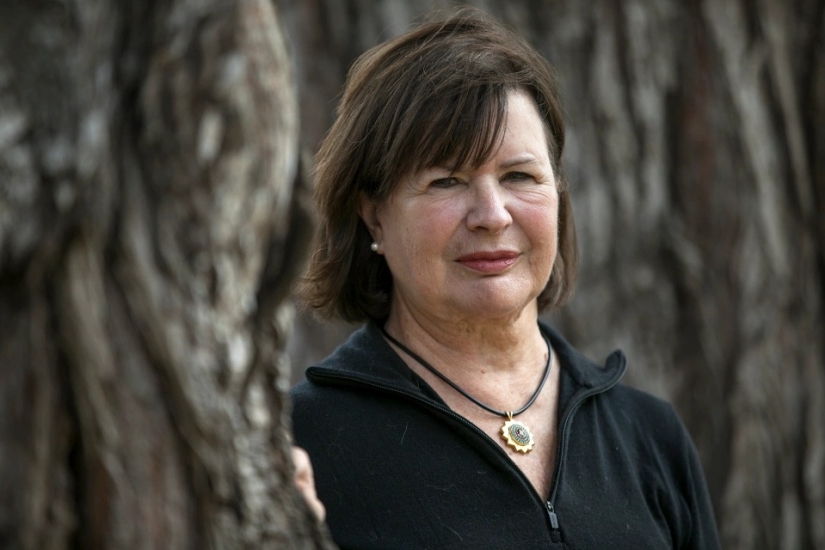 In 2015, Detective Peter Hedley contacted Barbara Ray-Venter, a former lawyer who helped children from the orphanage find their biological relatives using genealogical databases. He asked for help in finding the real family of Lisa, who was actually named Don. 72-year-old Barbara was able to find 94 distant relatives of the girl with the help of a DNA test. She had to do a tremendous job to get on the right track.
In 2015, Detective Peter Hedley contacted Barbara Ray-Venter, a former lawyer who helped children from the orphanage find their biological relatives using genealogical databases. He asked for help in finding the real family of Lisa, who was actually named Don. 72-year-old Barbara was able to find 94 distant relatives of the girl with the help of a DNA test. She had to do a tremendous job to get on the right track.
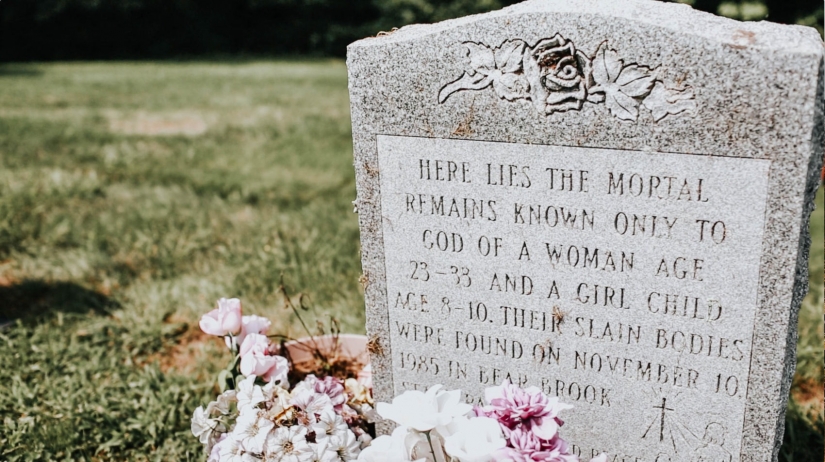 In 2018, Barbara found out through a genealogical website that Bob Evans is actually Terry Rasmussen. The librarian gave the police information about Marlise and her daughters. In the end, the puzzle came together. In June 2019, the police publicly announced the names of the victims found in Bear Brook Park. Last November, relatives and friends of Marlise and her daughters, Marie and Sarah, came to the funeral. The remains were interred at the cemetery in Allenstown.
In 2018, Barbara found out through a genealogical website that Bob Evans is actually Terry Rasmussen. The librarian gave the police information about Marlise and her daughters. In the end, the puzzle came together. In June 2019, the police publicly announced the names of the victims found in Bear Brook Park. Last November, relatives and friends of Marlise and her daughters, Marie and Sarah, came to the funeral. The remains were interred at the cemetery in Allenstown.
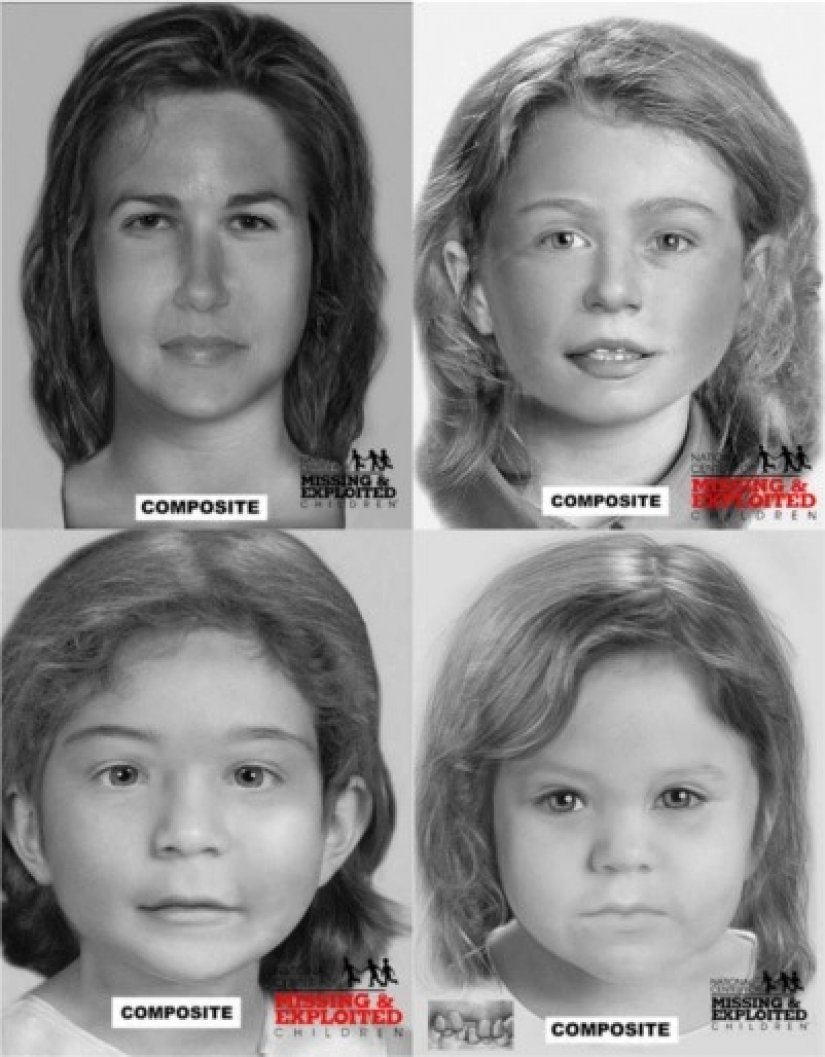 Despite the fact that Rasmussen is guilty of murdering Marlise, her daughters, his biological daughter, Eun Sun Jun and Denise Bowdin have been proven, the detailed history of these tragedies remains unknown.
Despite the fact that Rasmussen is guilty of murdering Marlise, her daughters, his biological daughter, Eun Sun Jun and Denise Bowdin have been proven, the detailed history of these tragedies remains unknown.
 It is possible that the criminal killed his own daughter in the same period. Denise Bowdin could have died at his hands from 1981 to 1985, while Rasmussen was in California. No one knows whether he threw the remains into the barrels immediately, or later, since they were discovered only in 1985. Serial killer Rasmussen died of lung cancer on December 28, 2010 and took the secrets of terrible crimes with him to the grave.
It is possible that the criminal killed his own daughter in the same period. Denise Bowdin could have died at his hands from 1981 to 1985, while Rasmussen was in California. No one knows whether he threw the remains into the barrels immediately, or later, since they were discovered only in 1985. Serial killer Rasmussen died of lung cancer on December 28, 2010 and took the secrets of terrible crimes with him to the grave.
Another serial killer who hunted in the 70s of the last century, shocked the whole of America with the ability to get away with it. Rodney Alcala raped and killed at least seven women before he went to prison.
Keywords: Detective | Dna | Women | Victims | Riddles | Accusation | Park | Cops | Police | Crimes | Criminal | Investigation | Relatives | Family | Death | Mystery | Prison | Murders | Killer
Post News ArticleRecent articles

Can a person live without a brain? Everyone will answer this question in the negative, but will be wrong. In France, they found a ...

Many of us go to bed very late, sometimes almost in the morning. In the evening, fatigue seems to be piling up, I want to lie down, ...
Related articles

In the early XX century in the Hungarian village Nagyrev formed a sort of killer syndicate consisting exclusively of women. From ...

Women always knew that beauty requires sacrifice, and were ready to go. In the best case, these victims were tired from walking at ...

By the end of the XIX century the art of Maori tattoo has almost disappeared due to the spread in New Zealand bounty hunting, but ...

A person is different in that he is able to assess the consequences of his actions. Dogs from this post are distinguished by the ...